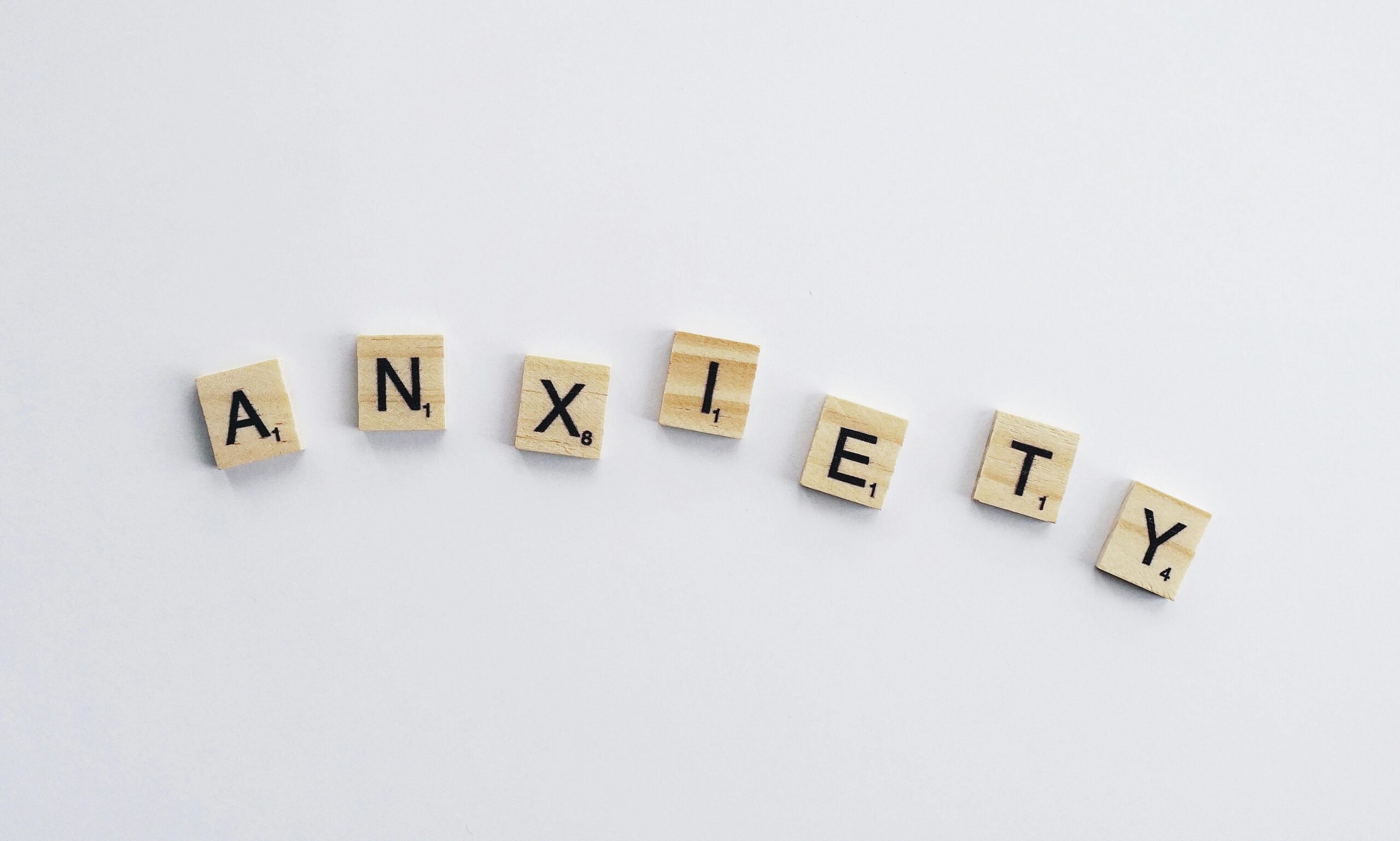Hey there, let’s dive deep into a topic that touches each and every one of us: mental health. It’s not just a buzzword or something that only affects “other people.” It’s a fundamental aspect of our overall well-being, as vital as our physical health. Yet, it’s often shrouded in silence, stigma, and misunderstanding. In this guide, we’re going to peel back the layers, explore the complexities of mental health, and equip ourselves with the knowledge and tools to foster a healthier, happier world – for ourselves and for everyone around us.
What is Mental Health, Really?
Imagine a beautiful, intricate garden. It needs the right soil, sunlight, water, and care to flourish. Mental health is very similar. It’s the state of your mind, your emotions, and your overall psychological well-being. It’s how you think, feel, and act; how you handle stress, make choices, and interact with others. It’s not just the absence of mental illness; it’s a positive and vibrant state that allows you to thrive in all aspects of your life. It’s dynamic; it changes over time, and just like the garden, it needs regular attention and care.
The Spectrum of Mental Health: It’s Not Black and White
It’s important to understand that mental health exists on a spectrum. You can be generally mentally healthy but still experience periods of stress, sadness, or anxiety. That’s perfectly normal. At the other end of the spectrum are mental health conditions, which can range from mild to severe. These conditions are not a character flaw or a sign of weakness, but rather legitimate health concerns that deserve attention and care, just like any physical ailment.
Understanding Common Mental Health Conditions
Now, let’s explore in more detail some of the more common conditions that people experience. Importantly, it’s crucial to remember that this is not an exhaustive list, and furthermore, each person’s experience is unique.
- Depression: The Heavy Blanket of SadnessTo begin with, depression is far more than just feeling down for a few days. Rather, it’s a persistent and pervasive feeling of sadness, hopelessness, and a loss of interest in activities you once enjoyed. Indeed, it’s like wearing a heavy blanket that you can’t take off.
- Symptoms: These might include persistent sadness, changes in appetite or sleep, fatigue, difficulty concentrating, feelings of worthlessness, and even thoughts of death or suicide.
- Real-Life Example: Imagine someone who used to love playing soccer suddenly losing all interest, avoiding their friends, and spending most of their time in bed. This could be a sign of depression.
- Anxiety Disorders: The Relentless Worry
- Firstly, anxiety is a normal emotion, but when it becomes excessive, persistent, and interferes with daily life, it turns into an anxiety disorder. It’s like a radio playing constantly in your head, always tuned to the worry channel.
- Types: There are various types, including Generalized Anxiety Disorder (GAD), Panic Disorder, Social Anxiety Disorder, and specific phobias.
- Symptoms: These can manifest as excessive worry, restlessness, muscle tension, irritability, rapid heartbeat, shortness of breath, and avoidance behaviors.
- Real-Life Example: A person with Social Anxiety Disorder might avoid going to parties or meetings because they feel overwhelmed by fear of being judged by others.
- Bipolar Disorder: The Rollercoaster of Moods
- Next, bipolar disorder is characterized by extreme mood swings, from periods of intense highs (mania or hypomania) to severe lows (depression). It’s like riding an emotional rollercoaster with dramatic ups and downs.
- Mania/Hypomania: In these states, a person might feel euphoric, energetic, have racing thoughts, talk excessively, and make impulsive decisions.
- Depression: This phase is similar to major depressive disorder with feelings of sadness, hopelessness, and loss of energy.
- Real-Life Example: A person with bipolar disorder might feel incredibly creative and productive during a manic phase, then crash into severe depression where they struggle to get out of bed.
- Schizophrenia: A Disconnection from Reality
- On the other hand, schizophrenia is a severe mental disorder that affects how a person thinks, feels, and behaves. It’s like the brain’s ability to process information is distorted.
- Symptoms: These include hallucinations (seeing or hearing things that aren’t real), delusions (false beliefs), disorganized thinking, and social withdrawal.
- Real-Life Example: A person with schizophrenia might hear voices telling them to do things, or believe that they have special powers.
- Eating Disorders: When Food Becomes an Enemy
- Finally, eating disorders, such as anorexia nervosa, bulimia nervosa, and binge eating disorder, are characterized by unhealthy eating patterns and distorted perceptions about body weight and shape.
- Anorexia Nervosa: Characterized by severe restriction of food intake, leading to extreme weight loss.
- Bulimia Nervosa: Characterized by episodes of binge eating followed by compensatory behaviors, like purging.
- Binge Eating Disorder: Characterized by episodes of binge eating without compensatory behaviors.
- Real-Life Example: Someone with anorexia might refuse to eat even when they are severely underweight, driven by an intense fear of gaining weight.
- The Far-Reaching Impact of Mental Health IssuesIndeed, the impact of mental health challenges extends far beyond an individual’s personal experience. In fact, these issues often reverberate through every facet of life, as well as into the wider community. Let’s examine some of these consequences more closely:
- Impact on Physical Health
Firstly, mental health struggles can take a significant toll on physical well-being. Specifically, conditions like depression and anxiety are often linked to heart disease, weakened immune systems, digestive problems, and chronic pain. For example, the stress hormone, cortisol, released during anxiety attacks can have harmful effects on the body if prolonged.
- Strain on Relationships
Secondly, mental health issues frequently strain and even damage interpersonal relationships. For instance, someone grappling with depression may find it difficult to maintain connections with family and friends, which can sadly lead to isolation and profound feelings of loneliness. Similarly, anxiety can make social interactions overwhelming, thus causing people to withdraw from others.
- Difficulties at Work and School
Furthermore, mental health conditions can dramatically hinder performance in work and educational settings. Therefore, this can lead to job loss, academic struggles, reduced opportunities, and diminished prospects for the future. For instance, difficulties in concentration related to ADHD or anxiety can make it challenging to complete tasks and succeed in professional or learning environments.
- Financial Burdens
Subsequently, the burden on mental health can translate into significant financial strains. Indeed, the cost of healthcare, therapies, and medication, in combination with reduced earning potential, can create serious economic challenges for individuals and families. As a result, this financial burden can add extra stress and make it more difficult to achieve overall well-being.
- Societal Costs
Lastly, mental health problems often contribute to broader societal issues, such as higher rates of homelessness, unemployment, and incarceration. In other words, untreated mental health conditions can lead to a cycle of poverty, social exclusion, and legal problems, creating a profound impact on society as a whole.
Why Stigma is the Enemy: Breaking the Silence
One of the most significant barriers to people seeking help for their mental health is the stigma surrounding these conditions. This stigma often leads to:
- Shame and Embarrassment: People may feel ashamed or embarrassed to admit they are struggling, preventing them from seeking help.
- Misunderstanding: Many people lack accurate information about mental health, leading to prejudice and discrimination.
- Isolation: People experiencing mental health issues may feel isolated and alone, believing they are the only ones going through these experiences.
- Delayed Treatment: Stigma can prevent people from seeking treatment early, making their conditions more difficult to manage.
How We Can Break the Stigma
Breaking the stigma around mental health requires a collective effort from all of us:
- Educate Yourself: Learn more about mental health conditions and how they affect people.
- Talk Openly: Don’t be afraid to talk about your own struggles or listen to others with empathy and understanding.
- Challenge Stereotypes: Speak out against negative portrayals of people with mental health conditions.
- Promote Empathy: Try to understand other people’s perspectives and experiences.
- Support Organizations: Support organizations that provide mental health services and advocate for change.
Practical Ways to Support Your Own Mental Wellness
Maintaining good mental health is an ongoing process that requires intentional effort. Here are some actionable strategies you can incorporate into your life:
- Prioritize Self-Care: Make time for activities that nurture your well-being, such as exercise, reading, listening to music, spending time in nature, or engaging in hobbies.
- Practice Mindfulness and Meditation: Regularly practicing mindfulness or meditation can help you reduce stress, improve your focus, and cultivate a sense of calm.
- Nourish Your Body: A balanced diet, regular exercise, and enough sleep are crucial for mental and physical well-being.
- Stay Connected: Nurture your relationships with family and friends, as social support is essential for mental health.
- Learn Healthy Coping Mechanisms: Develop strategies for managing stress and difficult emotions, such as journaling, deep breathing, or engaging in creative pursuits.
- Set Realistic Goals: Avoid overcommitting yourself and prioritize tasks that are achievable.
- Seek Professional Help When Needed: Don’t hesitate to reach out to a therapist, counselor, or psychiatrist if you are struggling.
Where to Find Help: Resources That Can Support You
If you or someone you know is struggling, please remember that you are not alone. There are many resources available:
- National Alliance on Mental Illness (NAMI): (https://www.nami.org/) Provides support, education, and advocacy for people with mental health conditions and their families.
- Mental Health America (MHA): (https://www.mhanational.org/) Offers resources, screenings, and information on mental health.
- The Crisis Text Line: Text HOME to 741741 anywhere in the US, anytime, for crisis support.
- National Suicide Prevention Lifeline: Call or text 988 to reach trained counselors available 24/7.
- Your local mental health services: Many communities have local mental health centers or support groups.
Conclusion: Together We Can Make a Difference
In summary, mental health is not a destination, but instead, a journey. Specifically, it’s a journey of self-discovery, growth, and resilience. Therefore, by understanding mental health, breaking the stigma, and supporting ourselves and each other, we can create a world where everyone can thrive and reach their full potential. Let’s, therefore, pledge to make mental well-being a priority and create a community where seeking help is a sign of strength, not weakness. Finally, let us continue the conversation, support each other, and work together to build a brighter, healthier future for all.



